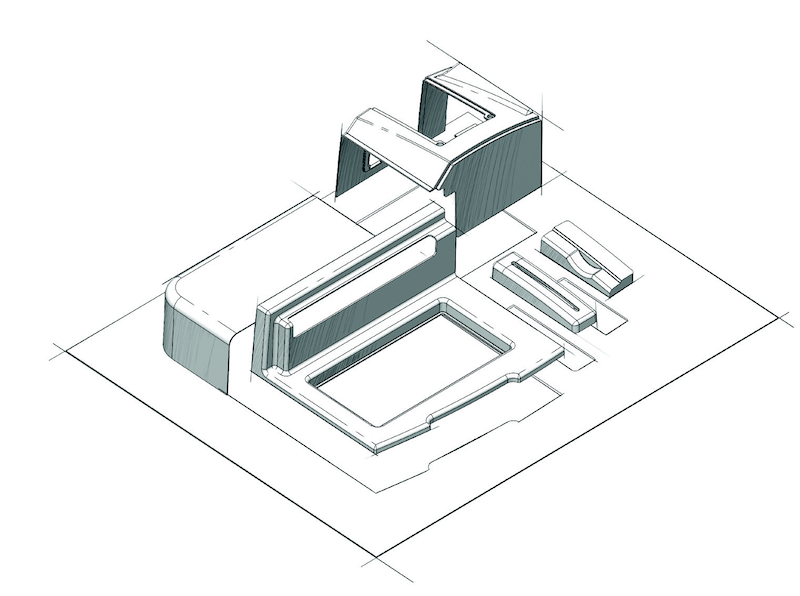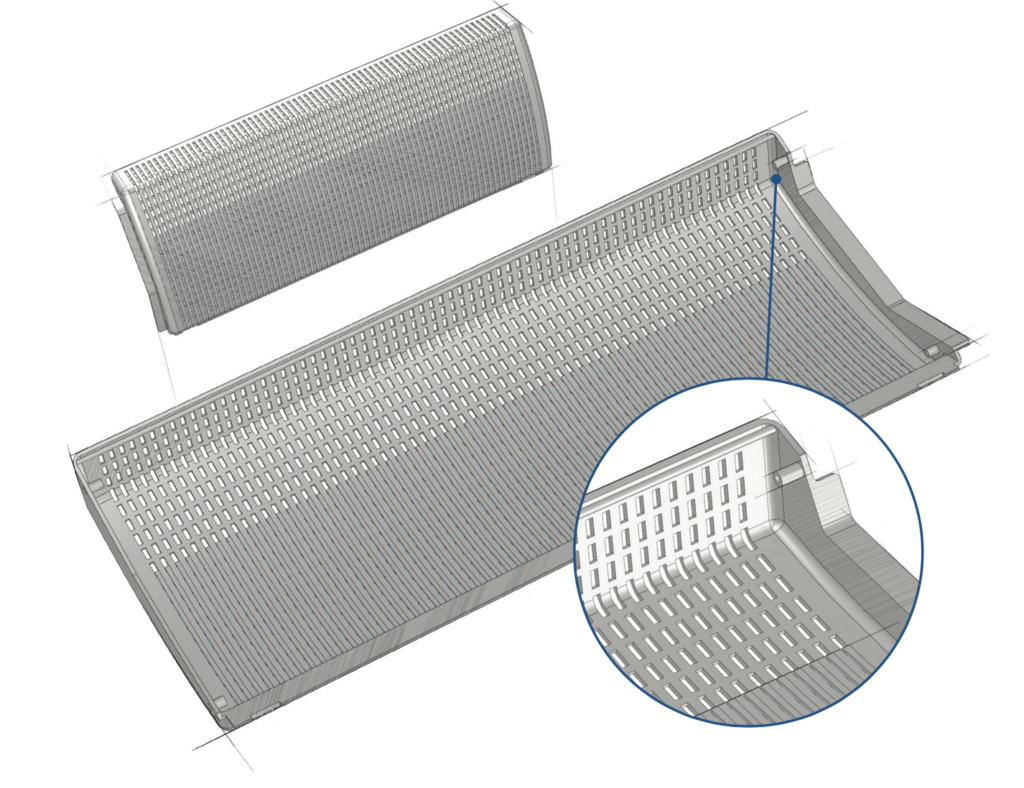This is the sixth post in our series from our Thermoforming Handbook, a guide that, until now, was only available to our customers and partners. We’re releasing the whole thing in a series of posts right here on our blog.
We’ve previously released:
- Chapter 1: An Overview of Thermoforming
- Chapter 2: Designing for Thermoforming
- Chapter 3: Tooling, The Foundation of Thermoforming
- Chapter 4: Thermoforming Materials Selection
- Chapter 5: Thermoforming Tolerances
If you’re someone who uses custom plastic manufacturing professionally and you’re interested in getting your own copy, just send us a message and we’ll be happy to send you one. As always, these are general guidelines. Any project or design needs to be reviewed by a qualified thermoforming professional before it goes into production, and the sooner you get one of those qualified professionals involved in the process, the smoother things tend to go. If you’re looking for a qualified professional, we know a few who would be happy to help.
Every part that comes out of a thermoforming machine must be trimmed. In 1949 when Ray Products was founded, this process was carried out with hand tools. Today, we use high-precision 6-axis trimming robots to carry out the process quickly, and cost-effectively.
Trimming Design Considerations

Trimming In Features
Starting with sheet plastic requires that all molded parts get trimmed. This allows you to create features like:
- Louvers
- Holes
- Grills
- Specified Wall Thicknesses
- Snap-Fits
- Vent Details
- Other Design Considerations
No Weakness or Visual Flaws Around Holes
Injection- and RIM- (Reaction Injection Molding) molded parts typically contain a weakness and visual flaw around holes or vents due to the knit lines associated with the processes. Thermoformed parts do not have this, since they start with a solid sheet of plastic.
Hiding Edges
To hide the edges of trimmed-in holes, formed-in depressions, recesses and undercuts can all be used.
Combining Formed-In and Trimmed Features
On pressure formed parts that require formed features that are similar, we mold these features in as pockets and use our six-axis robotic trimmer to simply pass across the top edge at the openings in one continuous movement, cutting away the material from the inside surface of the part, maintaining formed edges on all external and visible surfaces.
Formed parts with machined openings do not contain the inherent weakness and surface appearance problems associated with injection-molded parts where plastic ows around an opening and creates a knit line.
Unlimited Opportunities
Routed openings through the side walls of formed parts provide unlimited opportunities in size, shape and location.
If you have questions about thermoforming trimming in your next project, or you’d like an expert opinion, we’re always happy to help.

